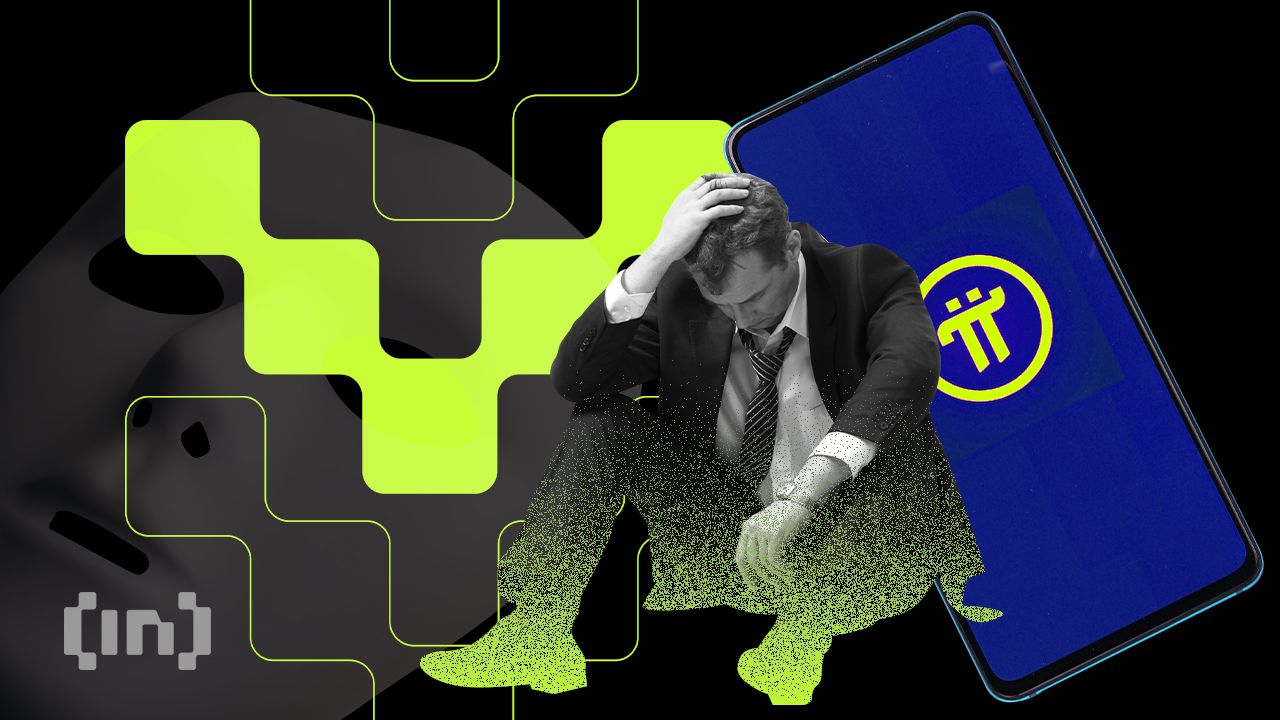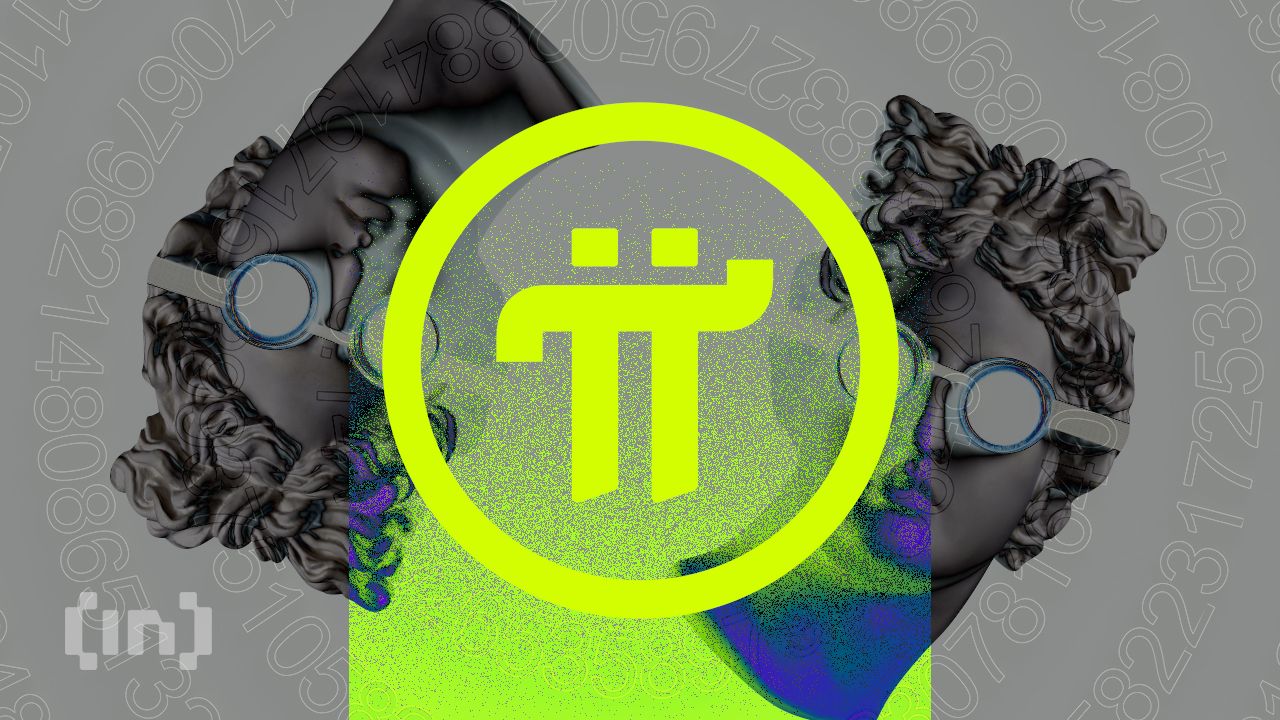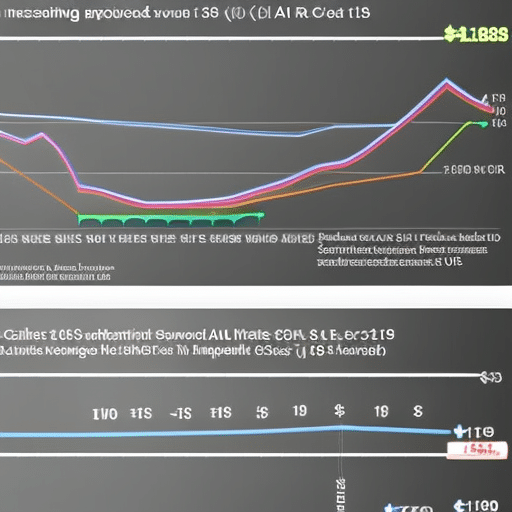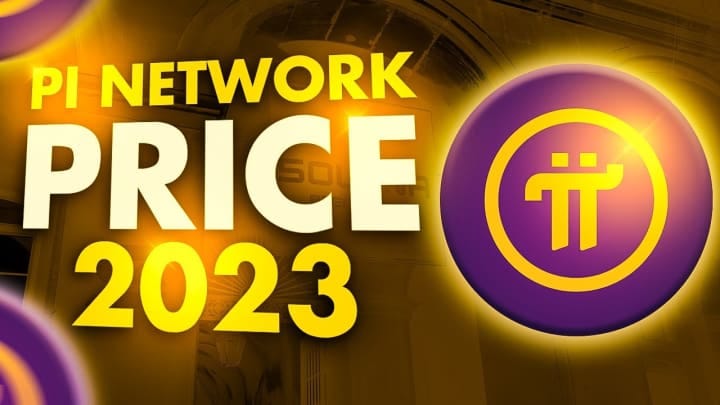Is Pi Network Legal? Understanding The Regulatory Challenges

Executive Summary

The Pi Network, a cryptocurrency project aiming to make cryptocurrency mining accessible to everyone through a mobile app, operates in a complex regulatory landscape. Its legality isn’t a simple yes or no answer, as it varies significantly depending on jurisdiction and evolving interpretations of cryptocurrency regulations globally. While the network itself claims legitimacy and adheres to certain guidelines, uncertainties remain concerning its future compliance with increasingly stringent regulations, particularly regarding security, taxation, and the eventual transition to a mainnet. This article explores the key regulatory challenges faced by Pi Network and provides a comprehensive overview of the legal complexities involved. Understanding these challenges is crucial for anyone considering participation in the Pi Network ecosystem.

Introduction
Pi Network has captured the attention of millions with its promise of accessible cryptocurrency mining. However, this innovative approach also raises significant questions about its legal standing. The decentralized nature of cryptocurrencies inherently challenges traditional regulatory frameworks. This article delves into the intricacies of Pi Network’s legal position, examining various aspects of its operation and its potential future within evolving global regulatory landscapes. We will analyze the key legal hurdles and attempt to provide clarity for users and investors alike.
Frequently Asked Questions (FAQs)
-
Q: Is Pi Network a scam? A: While Pi Network isn’t definitively proven a scam, it operates in an unregulated space with inherent risks. The lack of verifiable value and the potential for future regulatory crackdowns warrant caution. Consider it a high-risk investment, not a guaranteed path to riches.
-
Q: Is mining Pi on my phone safe? A: The Pi app itself is generally considered safe, but participating in any cryptocurrency project carries inherent risks. Malware concerns exist, and always ensure you are downloading the app from legitimate sources. Be aware of phishing attempts and scams related to the Pi Network.
-
Q: Will I have to pay taxes on my Pi? A: The tax implications of Pi are uncertain and depend heavily on your location and how you eventually dispose of your Pi. It’s crucial to consult with a tax professional in your jurisdiction when Pi becomes transferable or has a concrete value to understand your tax liabilities.
Regulatory Uncertainty and Compliance
Pi Network faces considerable challenges regarding regulatory compliance. The lack of clear regulatory frameworks for cryptocurrencies globally creates a significant hurdle. Various countries have differing stances on cryptocurrencies, ranging from outright bans to regulatory sandboxes. Pi Network’s decentralized nature further complicates its ability to seamlessly adhere to potentially conflicting national regulations.
- Challenges of Decentralization: The decentralized nature of Pi makes enforcement of regulations difficult. The lack of a central authority makes it hard to trace transactions and enforce compliance.
- KYC/AML Compliance: Know Your Customer (KYC) and Anti-Money Laundering (AML) regulations are critical globally. Pi Network’s approach to KYC/AML needs to align with evolving international standards to avoid legal repercussions.
- Security Concerns: The security of the Pi Network is paramount. Any security breaches or vulnerabilities could lead to significant legal and financial consequences. Demonstrating robust security measures is crucial for building trust and mitigating legal risks.
- Data Privacy: Pi Network collects user data. It must ensure compliance with data privacy regulations such as GDPR (in Europe) and CCPA (in California), or face hefty fines and legal battles.
- Ongoing Scrutiny: The project remains under significant regulatory scrutiny. Changes in cryptocurrency regulations could dramatically impact Pi’s future viability.
The Question of Value and Market Manipulation
The value of Pi is currently speculative. It’s not traded on major exchanges, creating uncertainty around its market value. This lack of a tangible market price increases the risk of manipulation and fraudulent activities.
- Lack of Liquidity: The absence of established trading means users can’t easily buy or sell Pi, limiting its utility as a currency.
- Potential for Pump and Dump Schemes: The absence of regulation and the speculative nature of Pi increase the risk of price manipulation.
- Transparency Issues: A lack of complete transparency about the project’s development and future plans can make it difficult to assess its long-term viability.
- Mainnet Transition Risks: The transition to a mainnet is a critical step. Any issues during this phase could severely impact the value of Pi and raise legal questions.
- Unclear Valuation Methodology: The lack of a clear valuation methodology makes it extremely difficult to determine the fair market value of Pi.
Tax Implications and Reporting Obligations
The tax treatment of Pi varies significantly across jurisdictions. The lack of a clear regulatory framework for cryptocurrencies makes it difficult to establish a consistent tax regime.
- Capital Gains Tax: When Pi becomes tradable, any profits from selling it may be subject to capital gains tax. The tax rate will vary across countries.
- Income Tax: Depending on how Pi is earned or used, it might be subject to income tax. Regulations on this are still evolving.
- Reporting Requirements: Users must understand their reporting obligations to tax authorities concerning Pi transactions when they occur.
- Jurisdictional Differences: Tax laws concerning cryptocurrencies differ drastically across countries. Compliance requires understanding the specific laws in your jurisdiction.
- Tax Audits: There’s a potential for future tax audits concerning Pi. Maintaining accurate records of Pi transactions is therefore essential.
The Path to Mainnet and Future Regulatory Landscape
The transition to a mainnet will be a critical moment for Pi Network. This transition could involve significant changes in how the network operates, including its security architecture and its interaction with external exchanges and regulatory bodies.
- Compliance with Mainnet Regulations: Once the mainnet launches, Pi will likely face stricter scrutiny and regulatory oversight.
- Exchange Listings: The listing of Pi on major crypto exchanges will likely lead to increased scrutiny from financial regulators.
- Legal Challenges: Navigating legal and regulatory challenges will be crucial for Pi Network’s long-term survival.
- Adoption and Growth: Pi’s future adoption and growth will hinge heavily on its ability to meet regulatory requirements.
- Public Perception and Trust: Building public trust through transparency and regulatory compliance is essential for success.
Conclusion
The legality of Pi Network is a multifaceted issue with no straightforward answer. While the project aims for compliance, the inherent uncertainties in the cryptocurrency regulatory landscape pose significant challenges. Users should proceed with caution, understanding the considerable risks involved. The project’s success ultimately depends on its ability to navigate the evolving regulatory environment and demonstrate its commitment to transparency and user protection. Always consult legal and financial professionals for advice tailored to your specific circumstances before engaging with Pi Network or any other cryptocurrency.
Keyword Tags
Pi Network, Cryptocurrency Regulation, Legal Compliance, Decentralized Crypto, Mainnet Transition


